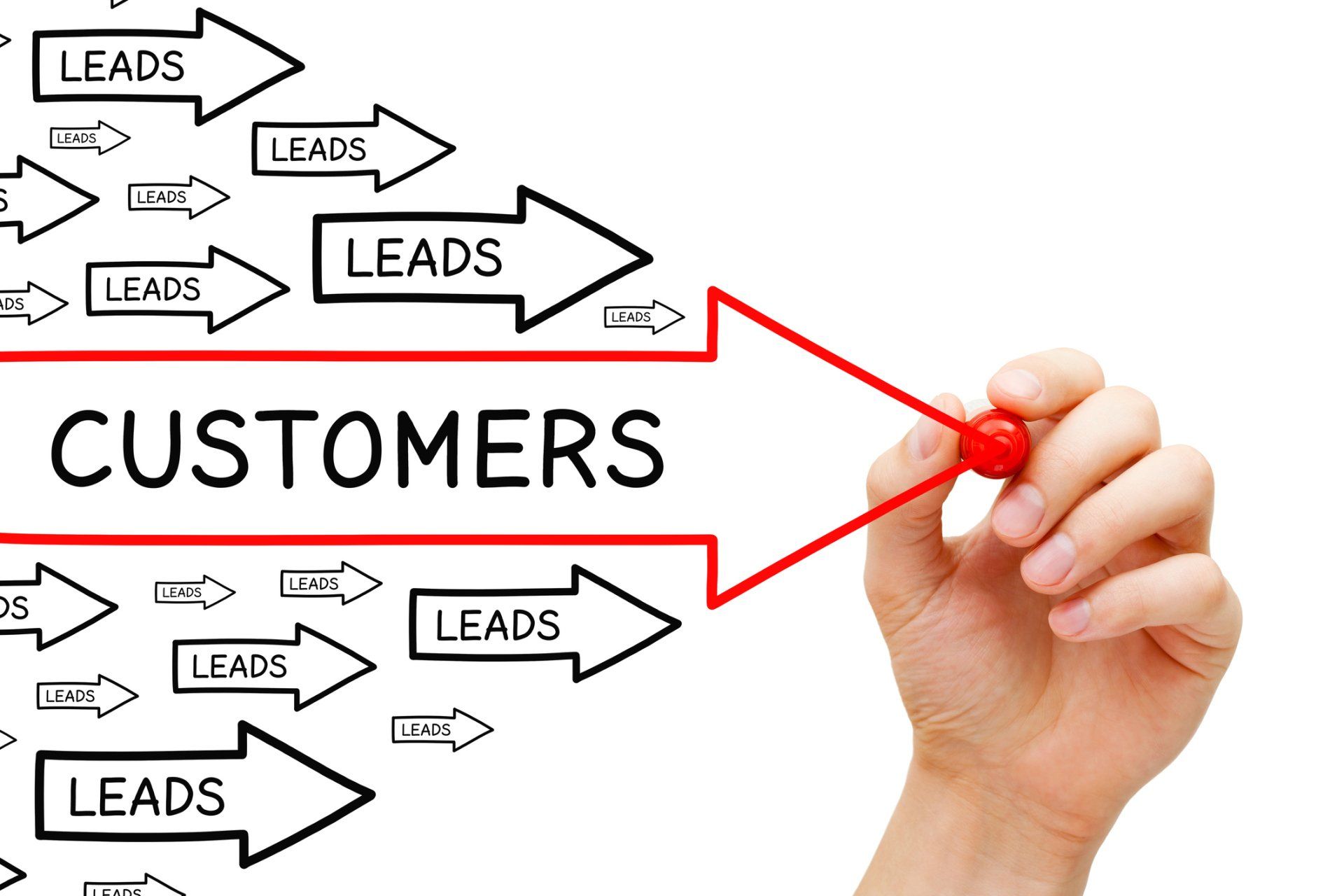The benefits of email automation workflows
If you are spending a lot of time emailing customers and seeing very little in return, there is an easier way. Email automation workflows.
But what are email automation workflows? They are automated emails which are sent to help nurture leads into customers. Once they are up and running, they require very little work on your part, yet they can make a huge difference to your sales. If you sell online, you should be using email automation workflows.
Here’s why…
Automatic and don’t require intervention
One of the biggest benefits of email workflows is that they work all on their own. Once you have set them up, you can choose specific criteria to trigger the workflows, then the emails will send out automatically.
You don't need someone sat a desk ready to click send. You can rely on the email automation to work around the clock, seven days a week, whenever you need it to.
Increase brand awareness
Automated emails are generally more consistent and professional-looking than if you have various team members sending out emails.
You know what happens when more people get involved – more typos, more inconsistent messages and more forgetting your house style! Email automation makes a business appear far better organised and more responsive than this.
When a lead receives helpful and relevant emails from your business at the right time, it will give them a greater awareness and understanding of your brand.
So when a salesperson gets in touch with them, they will already know what your business is about and are more likely to be interested in what you have to offer.

Carefully planned email strategy
While some companies just send the occasional email to their contact database, email workflows are carefully planned, with the goal of building relationships and increasing sales.
With every email you send through an email automation workflow, you have the opportunity to plan out how it will work. By ensuring each email is relevant and has a purpose, you will increase your chances of nurturing your leads and ultimately turning them into customers.
Nurture leads
If your salespeople get in touch with a prospect too early, it can be enough to turn that prospect away. Just because someone has signed up for further information or downloaded a free how-to guide from your website, it doesn’t mean they are ready to talk to a salesperson.
A well-timed email can bridge that gap and help keep a person’s interest in your brand.
Email workflows nurture a lead by following up on their interest with helpful information and resources. If the emails are relevant and engaging, a prospective customer will learn more about your business and products, and be more receptive when they are approached by your sales team in the future.
Help your sales team
Email workflows designed to nurture potential customers are a great help to your sales team. They can see which emails and content a lead has engaged with – and which they haven’t been interested in.
Using this information when they contact a lead, your salespeople can focus on the particular products or services that person has shown interest in. With the help of the email workflows, there is a higher chance a prospect will be interested in what your business has to offer.
Some email workflow tools will even alert your sales team when a prospect has taken a particular action, meaning they would be likely to take the next step if contacted by the sales team.
Cost effective
Email automation workflows are highly cost effective. With the automated emails doing the work of contacting and nurturing leads, you don't need a large sales team making calls every day.
A smaller team can approach leads after the emails have put in the heavy lifting! Automated emails also save the cost of staff time in writing and sending out emails regularly.
And as marketing automation is so easy to use, less experienced members of staff can manage the workflows for your business.
Relevant to the recipient
When you plan your automated email workflows, you can make ensure they are completely relevant and of interest to the recipient.
If a prospect receives emails which aren’t tailored, they will soon become annoyed with your brand, stop opening the emails and hit unsubscribe.
By making sure your email workflows are relevant to the recipient, you can get more people on board with your brand and what you have to offer.
Better personalisation
A prospect is always going to respond better to a personalised email, rather than a blanket one sent to hundreds of other people. A personal touch will increase open rates and click-throughs of your emails.
When an email is automatically sent through personalised email workflows, it will have personalisation tokens that are filled with the contact's information. That way, instead of saying, 'Hi, there,' the email will say, 'Hi, Andy.'
Many email workflow tools can also add other personal information, including location, the company a contact works for and much more. The more personalised information you can include in an email, the better it will be at strengthening the relationship between a prospect and your business.
Better targeting
One of the most effective ways to use automation is to segment email contacts into different groups or lists based on their attributes (such as gender, age, profession and geographical location) and behaviour patterns. This essential information can all be stored in your CRM.
By dividing your main subscriber list into smaller lists, you can send more targeted emails to your contacts. Targeted emails increase engagement rates, conversions and customer satisfaction. And a satisfied customer is more likely to become a repeat customer!
You can also target prospects using advanced workflows like lead scoring, which allows you to gauge interest and purchase potential for different leads. This allows you to target leads with a relevant follow-up message for them, which will encourage them to convert – or convert for a second, third or 10th time.
Boost sales
Ultimately, all businesses want to increase their sales. And using email automation workflows to implement a successful lead nurturing system can make a big difference to your conversion rates.
Targeted communications will increase the probability that a lead will convert. Even if the conversion rate is increased by a small percentage, it will have a really positive effect on overall sales figures.
Less mistakes
If you currently have one person writing and sending emails to new leads, then there’s a good chance mistakes will happen. And if you’ve got several people writing them, the chance of errors is even higher – from duplication to mixed messages. Getting somebody’s name wrong is the biggest mistake you can make, yet it happens surprisingly often when companies don’t use an automated system.
Making spelling mistakes or hitting send too early may mean the email recipient has less trust in your company, particularly if it happens more than once. Errors show a lack of interest and attention to detail, which paint your business in a bad light. With email workflows, emails can be thoroughly proofed and checked over before they go live.
Time saving
If a staff member is sending out emails to prospects, it can be practically a full-time job in itself! When everything is automated, it saves a lot of time. The software will handle repetitive tasks that would be time-consuming for a team member to complete by hand.
While the email workflows work, the team is free to focus on other important areas of running and growing your business. The emails will nurture the leads and contacts, while you are working on other jobs, ready to approach the leads when the time is right.
Understand your customers better
Understanding your customers is key to a successful business, but how do you find the time to do it when you are so busy? Email automation is an easy way to learn about and understand your customers.
Email automation workflows will show you what your customers tend to click on, the sort of pages they visit most frequently and the types of content they are interested in.
This information can help you to target your marketing even more effectively to reach your ideal customers and increase sales.
Keep existing customers on board
Marketing isn’t all about attracting new customers. In fact, targeting existing customers can be much more effective. According to research, attracting a new customer costs five times as much as keeping existing customers. And it costs 16 times more to bring a new customer to the spending level of your repeat customers.
In addition, the more often repeat customers convert, the higher their average spend compared to first-time customers. This is because repeat customers tend to make more purchases over time as they grow to trust your brand, making them valuable for business success.
Email automation supports customer retention and loyalty strategies. It allows a business to automate requests for feedback, send exclusive offers to high spending customers and trigger re-engagement campaigns if subscribers are straying.
These tactics strengthen your relationship with your existing customers and increase customer lifetime value.

Detailed reporting
Any decent marketing automation software will include a useful reporting function. This function makes your team more accountable, because you can see how your marketing activities support your sales pipeline.
Detailed reporting allows you to highlight any areas where results could be better, giving your team the tools to make changes to deliver even better results for your business.
Using email automation workflows is a really effective way to reach your target customers with the right messages at the right time, to increase your sales and grow your business.
With automated emails you can save time, save money and personalise your message. If you haven’t yet invested in automated emails for your business, now is the time to look into it. There are some really cost-effective options available, for businesses of all sizes and in all sectors.
If you are not sure where to start, Cotswold Web is a marketing agency in Cheltenham, and we can take the pressure off and support you in your marketing.
More Posts.







